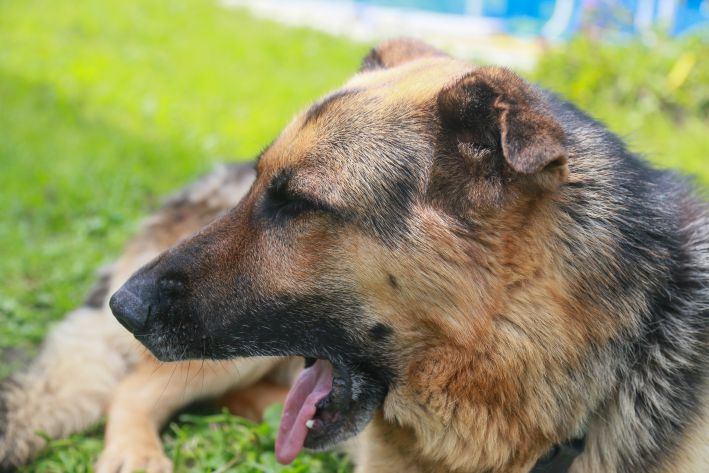What does a dog's tail say or how to understand that a dog is really happy
A dog runs towards a person and wags its tail. For many people, the situation is interpreted as if the animal is happy to see them, so the tail moves.
In fact, a wagging tail is not always a sign of an animal's good-natured mood.
When the tail wags, it is simply a sign of the dog’s excitement, and it can be caused by various circumstances: readiness to fight, fear, joy, and so on.
So, if an unfamiliar dog runs towards you wagging its tail, don't open your arms, take out tasty food from your bag and get ready to pet its belly. First, you need to understand what the dog means.
For example, let's imagine a beagle hunting. He sees a hare and tensely awaits the command to bite into its fur.

His tail sticks up and flaps around like a broken antenna. To an inexperienced person, it might seem like this beagle is very happy to see the bunny and is eager to play with it, but in reality, he is preparing to kill and is already anticipating the hunt.
And it happens that the dog is cowardly by nature and can be afraid of strangers or even the owner when he approaches it with slippers in his hand.
Most likely, when seeing a slipper, even if the owner simply took it to move it to another place, the dog will wag its tail. This happens because it is worried and does not know what will happen now - it will be punished for something, or it is just moving shoes around the apartment.
In such cases, the tail wags in the area of the legs, but the wagging itself can be confusing.
If you try to interact with a dog with such a tail, taking it for goodwill, there is a high probability that fear will be replaced by aggression and bites.
He will bite simply because there is no other choice, because the person has violated personal boundaries with incomprehensible thoughts. A dog can bite its owner, and what can we say about a complete stranger.
Of course, a happy dog will also wag its tail. This is because joy is also a form of excitement. When the owner returns from work, from a walk or just from taking out the trash, he is met by a madly wagging dog's tail. Not even that. A tail wagging the whole dog. At such moments, the furry friend has absolutely no control over his happiness and body, it is not tense, and the muscles act under the motto "where the tail goes, there we go."
Even if the dog is sleeping on its bed and the owner says its name, there is a high probability that the tail will wake up before its owner. For dogs, their own nickname is a marker that they are called to play, feed or pet. And isn't that happiness?
It happens that dogs run after their tail or start to chew it frequently.
This is not a funny sight at all, but a reason to consult a neurologist or a veterinarian.
This behavior may indicate health or mental problems of your furry friend. You should be more careful, a dog that bites its tail may suffer from stereotypy. This disease appears from long-term exposure to stress or may be hereditary.
If you suspect stereotypy, you should also pay attention to the dog's other actions.
For example, if she often walks back and forth, in circles, catches non-existent objects in the air or bites herself until wounds appear. The tail in this case is only the first warning sign. With such actions, the dog can kill itself.
Some dogs have no tail at all. Then people see the dog as a whole and are less likely to make mistakes in assessing its behavior.
A wagging tail does not distract from the general tension of the dog, or a dog curled up in a ball does not look like a cute shy person wagging his tail, but looks like a frightened animal.
No matter how much a dog's tail moves in the air, it is worth paying attention to its general behavior.
If a dog wags its tail near the ground and is hunched over, with its ears hanging down, it is afraid; if its whole body is tense, its gaze is fixed on one point, and its tail is up, it is preparing to attack; if the tail wags the dog, it is definitely happy.
Earlier we wrote about how to teach a dog commands.
